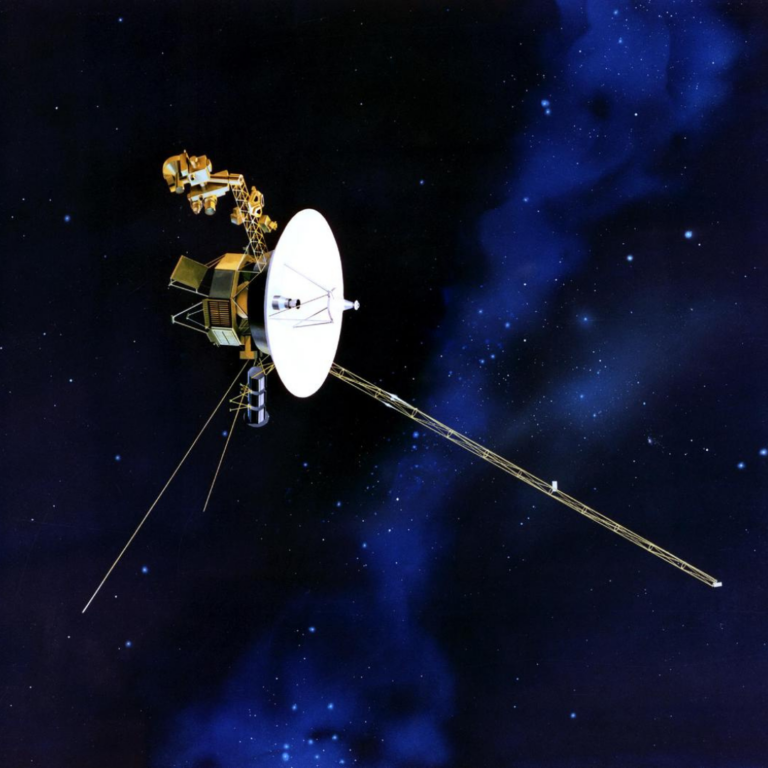Voyager 1 & 2
Reaching far into our solar system and beyond

The last two spacecraft of NASA’s Mariner series, Voyager 1 and 2 were the first in that series to be sent to explore the outer solar system. After the successful Voyager 2 Jupiter encounter, the mission trajectory was redesigned to go on to Uranus and Neptune and Voyager 1’s encounter at Saturn was designed to take it out of the plane of our Solar System ecliptic. Data collected by Voyager 1 and 2 were not confined to the periods surrounding encounters with the outer gas giants, with the various fields and particles experiments and the ultraviolet spectrometer collecting data nearly continuously during the interplanetary cruise phases of the mission. Data collection continues as the renamed Voyager Interstellar Mission searches for the edge of the solar wind’s influence (the heliopause) and exits the solar system.
Mission Class:
Mission Status:
LASP Roles:
Science Target:
Mission Focus:
Primary Mission Site:
LASP Mission Site:

Launch date: August 20, 1977 (Voyager 2); September 5, 1977 (Voyager 1)
Prime mission: 12 years
Extended mission: Ongoing
Lead Institute: NASA Jet Propulsion Laboratory (JPL)
Partners: NASA Goddard Space Flight Center, University of Iowa, Massachusetts Institute of Technology, University of Delaware, Johns Hopkins University Applied Physics Laboratory (JHU/APL), University of Arizona, Stanford University, University of Southern California
